Stuart Forster suggests what to do, where to go, and where to eat during 48 hours in Lisbon, Portugal.
Disclosure: Some of the links below are affiliate links, meaning, at no additional cost to you, I will earn a commission if you click through and make a purchase.
Lisbon has become a popular destination for a European city break. It was my home for two years. I know Lisbon well and hope you’ll enjoy my guide to some of the city’s best-known attractions.
The Portuguese capital is a charming city to explore on foot. Remember to bring comfortable footwear as it’s easy to rack up your step count while traversing Lisbon’s attractions. They’re spread across seven hills, though the urban core is relatively compact.
Even in winter, Lisbon’s light tends to have an unusually bright, magical quality. Is it the ‘bounce effect’ of sunlight reflecting off the broad River Tagus and shining on the traditional azulejo tiles that clad so many of the buildings?
48 hours in Lisbon, Portugal
Keen photographers think less about the cause than of reaping the benefits of its effect. The Alfama district is one of their favourite locations, thanks to cobbled streets, public staircases and cats prowling alleys seeking tasty titbits. During June, around the Feast of St Anthony, locals grill sardines over charcoal and offer plates of the fish for sale to visitors.
Many of the streets are cobbled. Watch out, traditional calçada portuguesa pavements can be slippery when wet. They feature patterns that were painstakingly formed by the skilled laying of stones. The Praça Dom Pedro IV, the public square known to locals as Rossio, is the de facto centre of town. The pavement features black and white waves hinting at Portugal’s maritime heritage.

2 Days in Lisbon
Here’s a suggested itinerary to make the most of a visit to Portugal’s capital city:
Day One – Morning at Rossio and the Baixa district
Begin the day by exploring the city centre, starting from beneath the column upon which a statue of Dom Pedro IV, the King of Portugal and Emperor of Brazil, looks out over Lisbon. There’s an urban myth that suggests the statue depicts Emperor Maximilian of Mexico, who was deposed before the sculpture was shipped to Central America, enabling the authorities to snag a bargain.
Into performing arts? The Teatro Nacional Dona Maria II, Portugal’s national theatre, faces the square. It’s possible to join a guided tour of the theatre. Tickets for concerts and plays can be purchased online or at the box office.
Don’t miss the opportunity to sip a ginginha, a type of cherry liqueur, at one of the compact stalls off the square. You’ll be asked if you want your ginginha with or without fruit. Beware! The booze-soaked cherries can deliver a powerful punch.
Get your bearings from the observation platform on the Elevador de Santa Justa, a 19th-century elevator that’s a Neo-Gothic masterpiece of metalwork and engineering, plus a much-loved urban landmark. To avoid standing in line, arrive as early as possible.

Day One – Afternoon in Chiado
Stop for lunch at one of Lisbon’s many restaurants or cafés — three-course lunch menus often represent good value for money. One of the most celebrated venues is the Café A Brasileira, in the Chiado district, which has an elegant Art Nouveau façade and a terrace featuring a bronze statue depicting celebrated poet Ferdinand Pessoa pausing for refreshment.
The nearby ruins of the Carmo Convent are a reminder of the earthquake of 1 November 1755 that destroyed many buildings in the city, which was then regarded among the grandest in Europe.
Drop to the Praça do Commercio, which opens onto the River Tagus, to see examples of elegant Pombaline architecture, named after the Marquis de Pombal, who oversaw Lisbon’s reconstruction. His statue is among those on the Rua Augusta Arch. If you enjoy elevated viewing platforms head to the top of the monument.
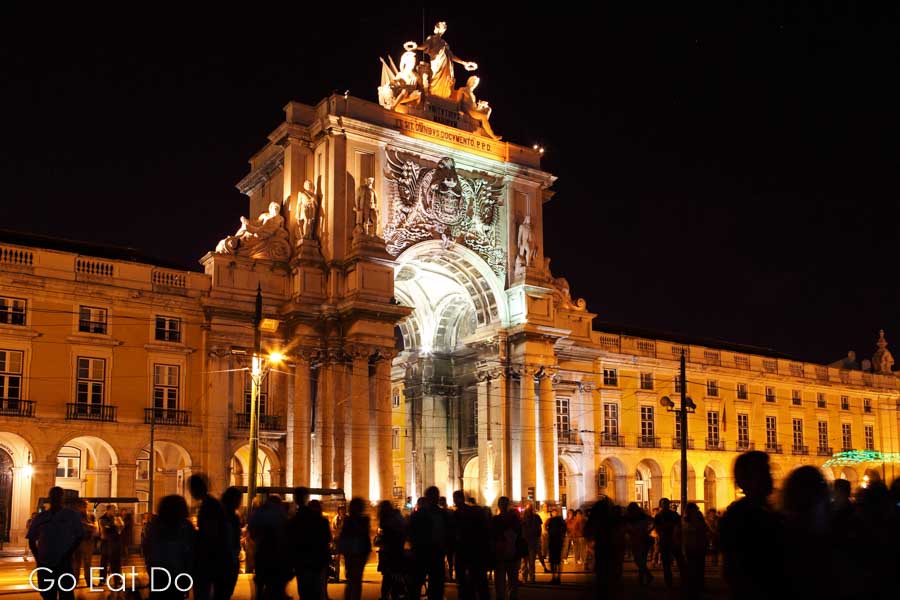
Day One – Evening in Alfama
For a romantic view of sundown over the city take a taxi up to the Miradoura da Senhora do Monte, a scenic lookout named after the site’s hilltop chapel. Alternatively, enter São Jorge Castle, shortly before closing time, to enjoy panoramas of the city from battlements over which cannons protrude, then meander through the Alfama district.
Fado, a style of soulful music whose origins can be traced to seafarers singing of distant loves, is performed in several of the taverns and restaurants, including Páteo de Alfama and Mesa de Frades (139A Rua dos Remédios). If you enjoy the music, recognised as part of the planet’s intangible heritage by UNESCO, head back during the daytime to visit the Fado Museum to learn about its evolution and star performers.
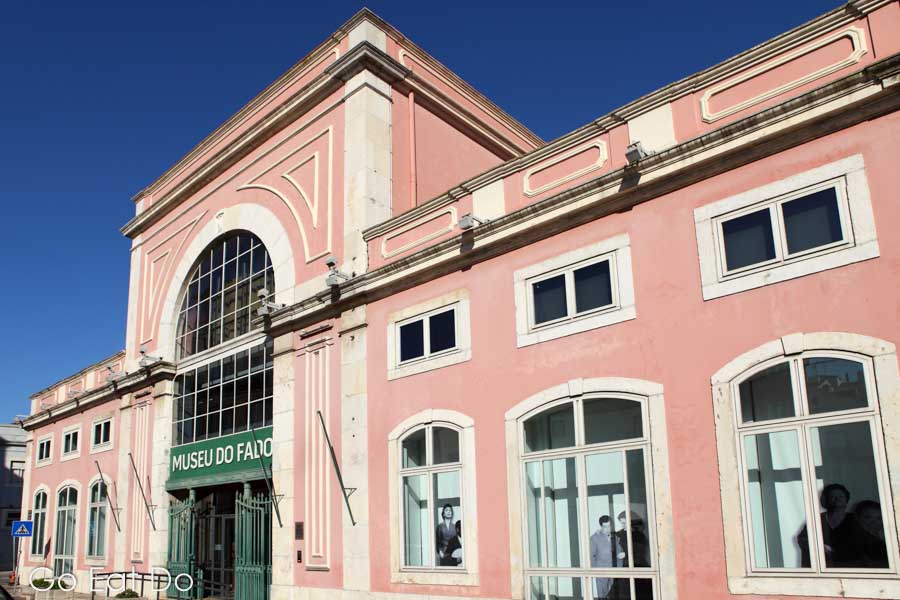
Day Two – Morning in Belém
Head to the Belém district to step onto the Tower of Belém, an ornate medieval fortress that’s lapped by the water of the Tagus. It’s part of the same UNESCO World Heritage Site as the nearby Jerónimos Monastery and is regarded among the finest examples of Manueline architecture — typified by skilled sculpting that reflected the wealth of rulers during the Portuguese Age of Discovery. A monument celebrating the principal figures of that period, including Henry the Navigator, overlooks the waterway.
No trip to Belém is truly complete without sipping coffee and tasting traditional, egg-filled pasteis de Belém pastries at the sizable café of that name. From there you can visit the Cultural Centre of Belém, the location of the Museu Colecção Berardo, a museum with an expansive collection of contemporary artworks, including pieces by Anish Kapoor, Piet Mondrian and Cy Twombly.
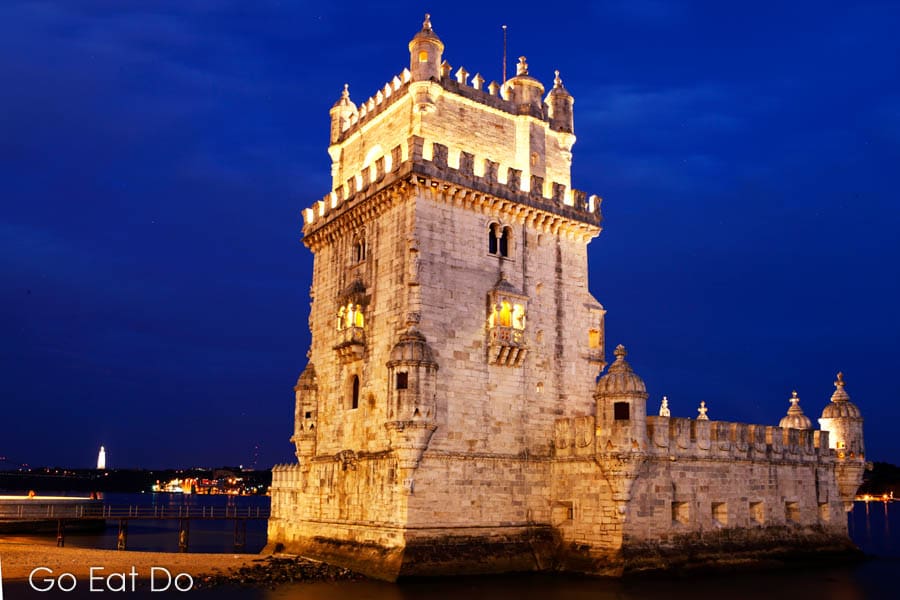
Day Two – Afternoon in Alcantara
Take the Number 15 tram into the city centre, pausing in the Alcantara district. The daily specials at the O Mercado restaurant represent a good opportunity to taste typical Portuguese cuisine. Alternatively, stroll through the Rosa Agulhas market — which is far more compact than the bi-level Mercado do Ribeira next to the Cais do Sodré transport terminus — to buy cheeses, fresh fruits and olives for a picnic.
Visiting the Carris Museum, which tells the story of public transport in Lisbon, is an ideal precursor to a ride on the famous Number 28 tram, whose route passes several of the city’s A-list attractions, including the fortress-like Sé Cathedral and São Bento Palace (the meeting place of the Portuguese parliament). Disembarking at the vast Prazeres cemetery means an opportunity to stroll in quietude between mausoleums.
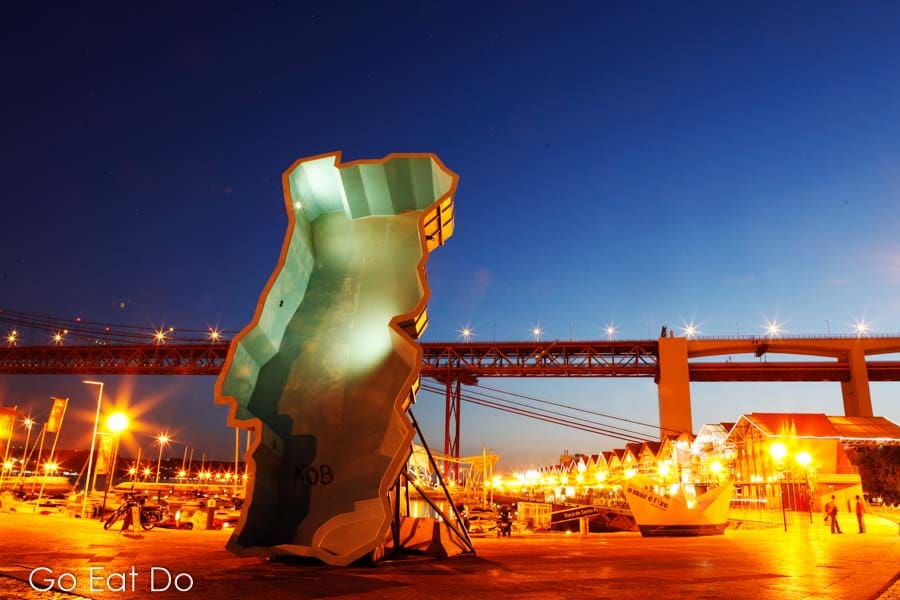
Day Two – Evening in the Park of Nations
Cross Lisbon in the Metro to see the illuminated Oriente railway station, architect Santiago Calatrava’s contemporary interpretation of Gothic arches. The transport hub stands opposite the Vasco da Gama Mall, giving you an opportunity to shop for souvenirs from the trip.
The mall is one of the buildings within the Park of Nations, which occupies the site of the 1998 Lisbon World Exposition. The last entry to the impressive Oceanário de Lisboa, whose main aquarium holds five million litres of seawater, is at 6.00 pm. The aquarium building was designed by Peter Chermayeff.
For views of the Vasco da Gama Bridge, which runs for more than 12 kilometres (7.5 miles) across the River Tagus, stroll along the waterfront footpath before enjoying dinner in one of the modern restaurants in the park.

Where to stay in Lisbon
Altis Belem Hotel and Spa
The Altis Belem Hotel and Spa is a five-star riverside property and was named Europe’s Leading Design Hotel at the 2016 World Travel Awards. The hotel has 50 guestrooms, including five suites, plus a spa in which a range of treatments is offered. Lovers of gourmet food should reserve a table in the hotel’s Michelin-starred Feitoria restaurant, which serves cuisine prepared by Chef João Rodrigues and his team.
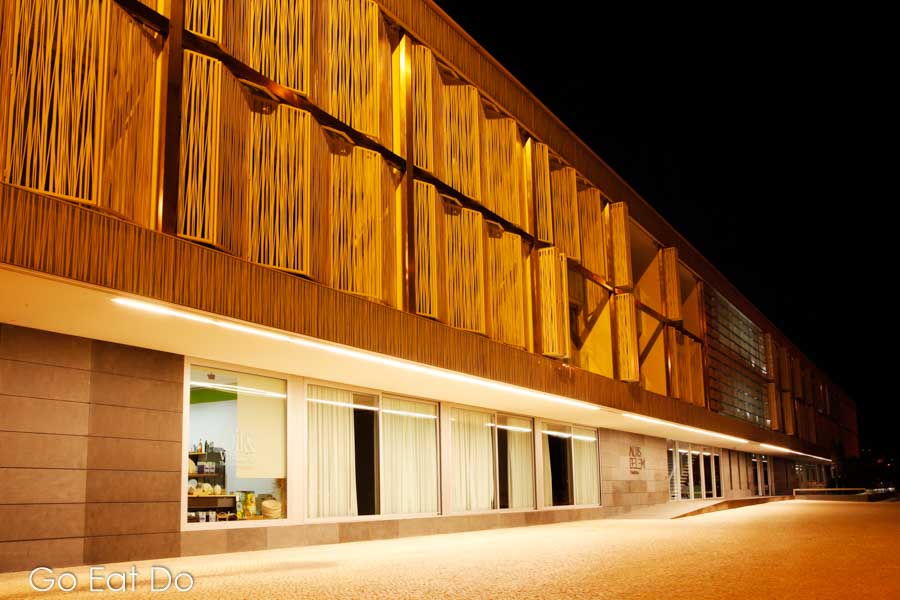
Tivoli Avenida Liberdade Lisboa
The Tivoli Avenida Liberdade Lisboa offers five-star accommodation in the heart of Lisbon. The long-established property is located close to the upscale stores of the Avenida da Liberdade and features an Antara Spa
LX Boutique Hotel
In Portuguese the name of this four-star boutique hotel is pronounced something along the lines of ‘el cheese’ — the ‘X’ is said to stand for ‘experience’ and the L for ‘Lisbon’. The downtown LX Boutique Hotel has waterfront and city views and stands within easy walking distance of centrally located tourist attractions. The 61-room hotel has a restaurant and bar.
Pestana Palace Hotel
The Pestana Palace Hotel is a luxury property and a Portuguese national monument. It has an indoor and an outdoor swimming pool. Within walking distance of Belém, the five-star hotel has views over the River Tagus. Even if you choose accommodation elsewhere, it’s worth visiting to stroll through the historic property. Don’t miss the framed photos of the celebrities who have stayed at this luxury hotel.
Where to dine in Lisbon
The Casa do Alentejo, in the heart of the city, is a great place to visit for a drink and a snack or a meal of cuisine from Portugal’s Alentejo region. Head upstairs, past the Moorish-style lobby for a seat in one of the restaurants.

Lisbon in 2 Days
These practical tips may prove useful during a short break in Lisbon:
Practical tips for visiting Lisbon
Buy a Lisboa Card
The cards are designed for use by urban travellers who will hop on and off public transport and enjoy visiting cultural attractions. The Lisboa Card includes entry to 29 museums, places of interest and monuments, including the Tower of Belém, Jerónimos Monastery and Elevador de Santa Justa.
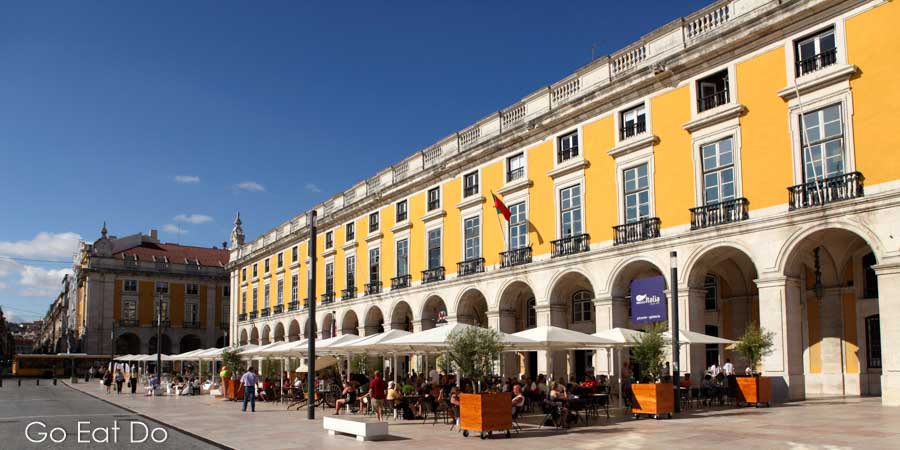
Value for money transport
24-hour passes for unlimited journeys on Lisbon’s network of trams, buses and metros.
Getting from the airport
The Metro’s Red Line connects Lisbon International Airport with the city centre, meaning it’s possible to reach the downtown area in approximately 15 minutes.
Guided tours of Lisbon
Want to explore the city with a guide? The irreverent but insightful We Hate Tourism Tours and tailored Lisbon with Pats guided tours are two of the options.

A day trip from Lisbon
If you can add time to your break, consider taking a trip to Sintra. Key attractions include the hilltop Pena National Palace, the historic Castle of the Moors and Sintra National Palace.
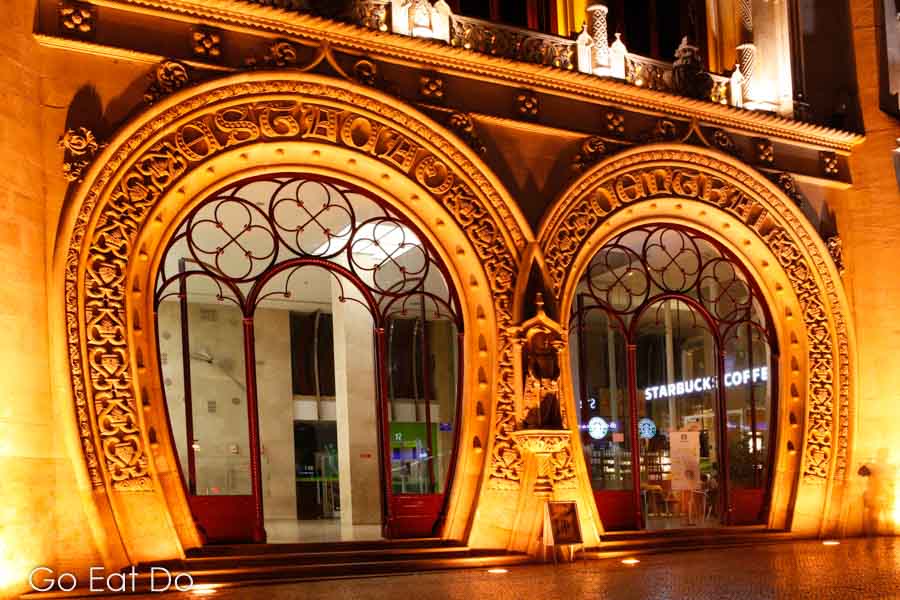
Further information
See the Visit Lisbon and Visit Portugal websites for more information about things to do and see in and around the Portuguese capital.
Stuart Forster, the author of this article, is based in the northeast of England. Stuart has lived in Lisbon and is available for freelance commissions. Feel free to make contact via this website or by calling +44 (0) 7947 587136.
Photographs illustrating this post are by Why Eye Photography.
If you enjoyed this post why not sign up for the free Go Eat Do newsletter? It’s a hassle-free way of getting links to posts on a monthly basis. If you’d like to sponsor a post on Go Eat Do please get in touch.
‘Like’ the Go Eat Do Facebook page to see more photos and content.
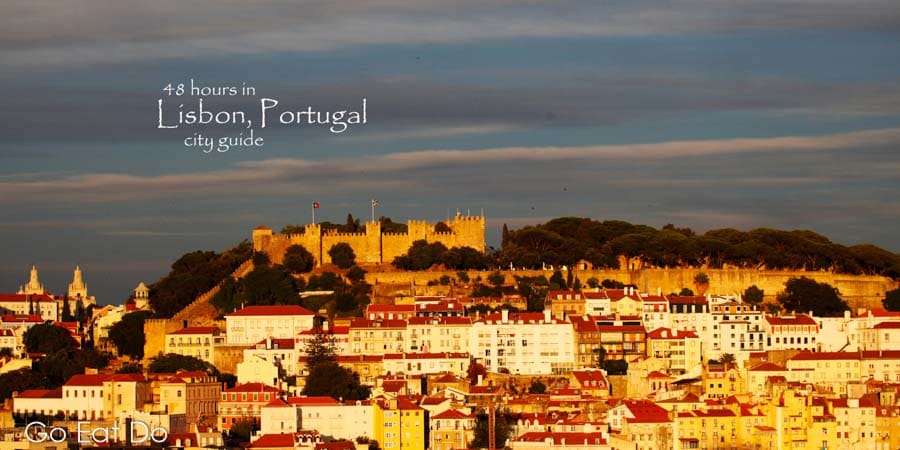




Stephanie Fox
December 29, 2018 at 10:26Saving this as I really want to visit Lisbon in 2019 – some great tips
Stuart Forster
January 2, 2019 at 10:17Thank you. Have a great time in Lisbon!